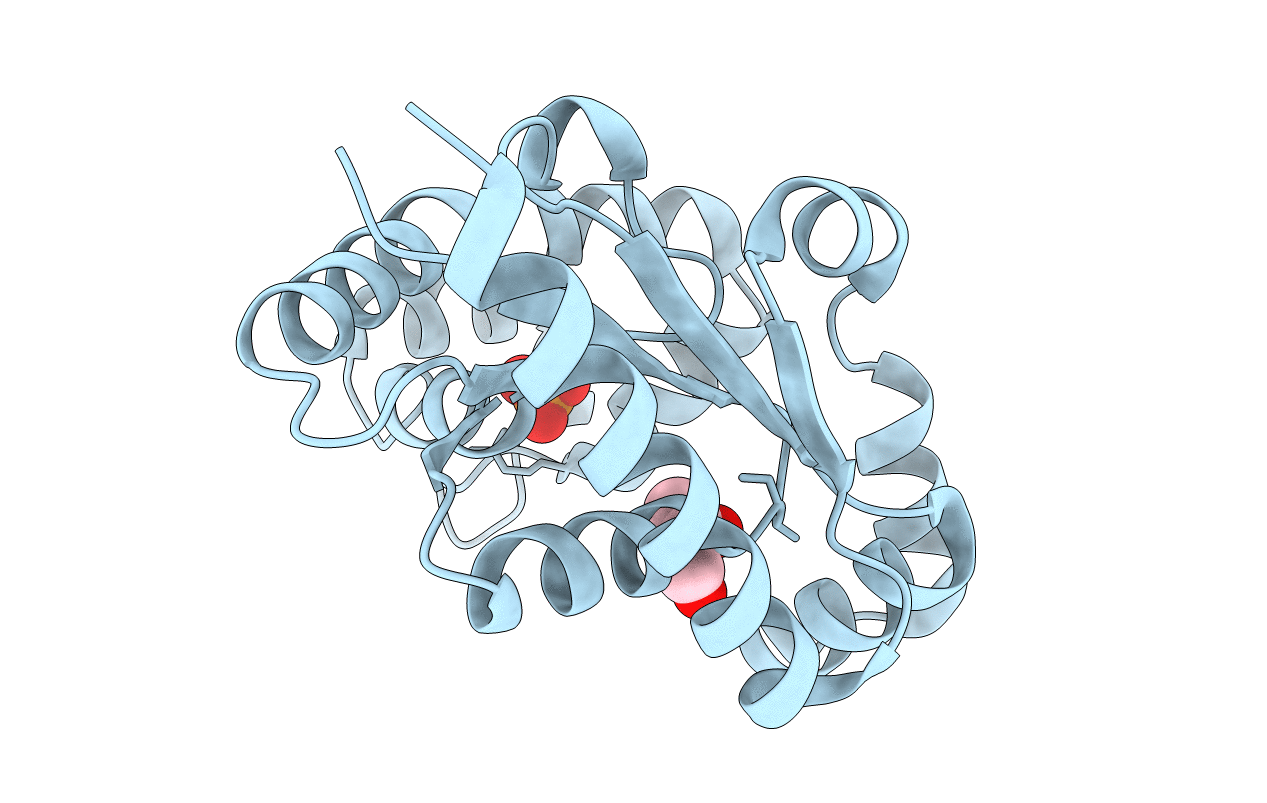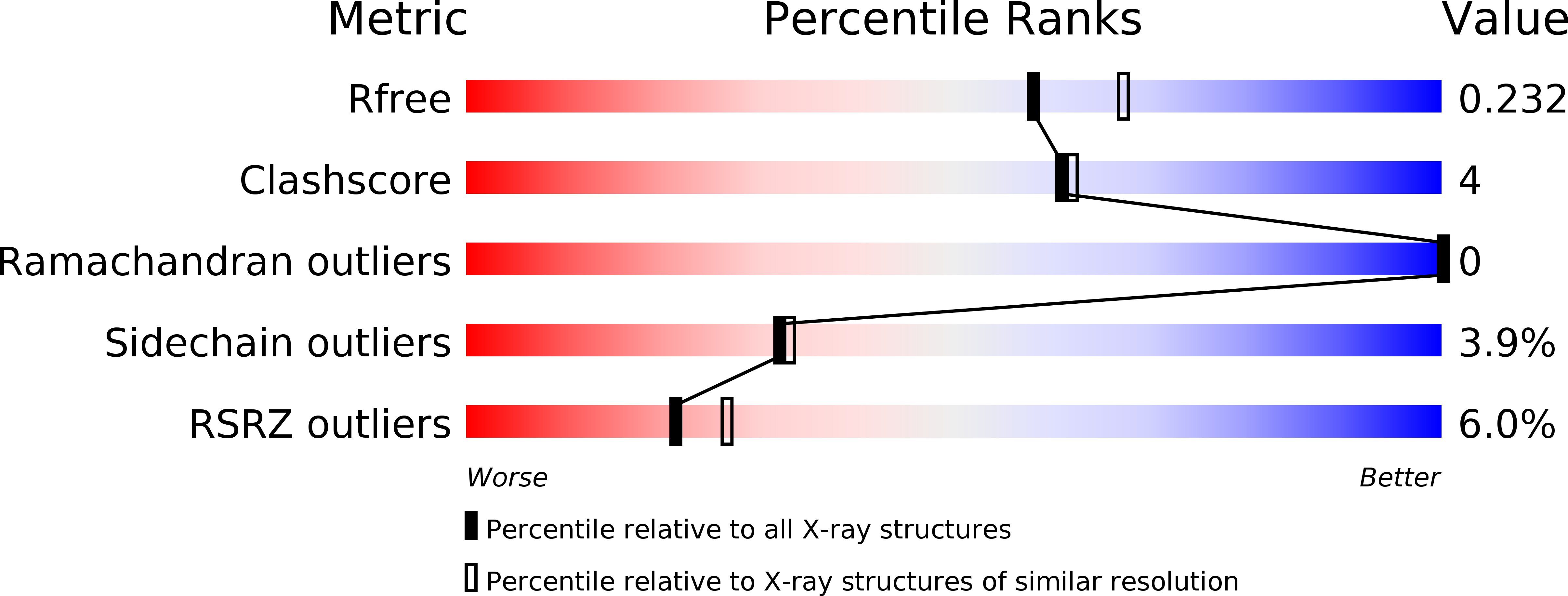
Deposition Date
2014-06-22
Release Date
2014-12-10
Last Version Date
2023-09-27
Entry Detail
PDB ID:
4TTR
Keywords:
Title:
Crystal structure of Legionella pneumophila dephospho-CoA kinase in complex with Bu2
Biological Source:
Source Organism:
Legionella pneumophila subsp. pneumophila (Taxon ID: 272624)
Host Organism:
Method Details:
Experimental Method:
Resolution:
2.10 Å
R-Value Free:
0.22
R-Value Work:
0.18
R-Value Observed:
0.19
Space Group:
P 21 21 2


